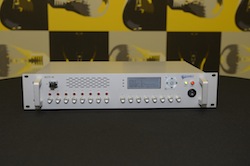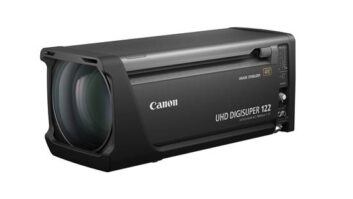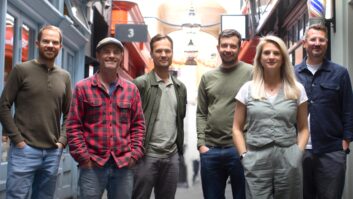
At the CineGrid International Workshop 2012 in La Jolla, California, Czech academic association CESNET, as a partner of the common project with Visual Unity, will be demonstrating a new version of its 4K Gateway supporting low-latency internet video up to 3D 4K. The 4K Gateway is currently being integrated into Visual Unity’s vuMedia solution. vuMedia is a PaaS (Platform as a Service) that includes a comprehensive suite of modules, enabling content owners to deliver video through the internet. The current version operates in uncompressed mode providing bit-by-bit precise 3D 4K transmission with very low latency. JPEG 2000 compression with a DCI profile and subframe latency will be available in the forthcoming release. “With the broadcast market discovering 4K format, and 4K taking off in the worldwide film industry, there is an increasing call for ‘faster-than-software’ based compression solutions,” said Jakub Kabourek, CEO of Visual Unity. “Working in conjunction with our partners, we have now integrated JPEG 2000 FPGA-based compression technology into 4K Gateway so that we can meet the new challenges of this growing market.” At CineGrid, CESNET will demonstrate a collaborative clearing of scanned film tape in a high speed PC network environment. The demonstration will show how 4K Gateway devices can facilitate the transfer of 4K video content from a post-production facility in Prague to a cinema in San Diego, through a high speed GLIF fibre infrastructure. This clearing process is often used by film creators who want to digitise old movies but don’t want to physically move them from the archive where they are stored because of environmental damage concerns and health of the master film stock. Using this process, directors can be remotely located from the archive yet still access the film content. Transferring the content via high-speed 4K networks makes the whole process much faster and cheaper and reduces the need for directors and their film to physically travel long distances.www.visualunity.com







